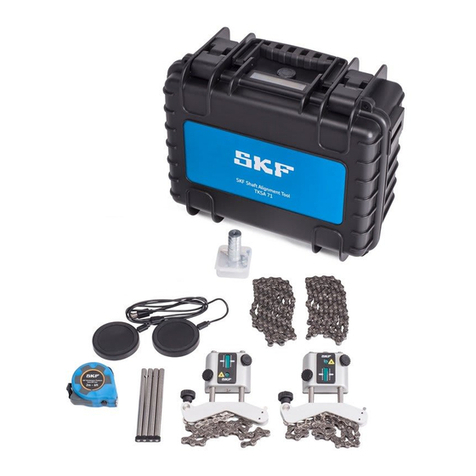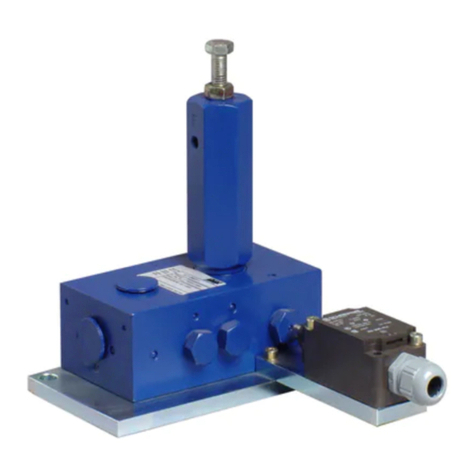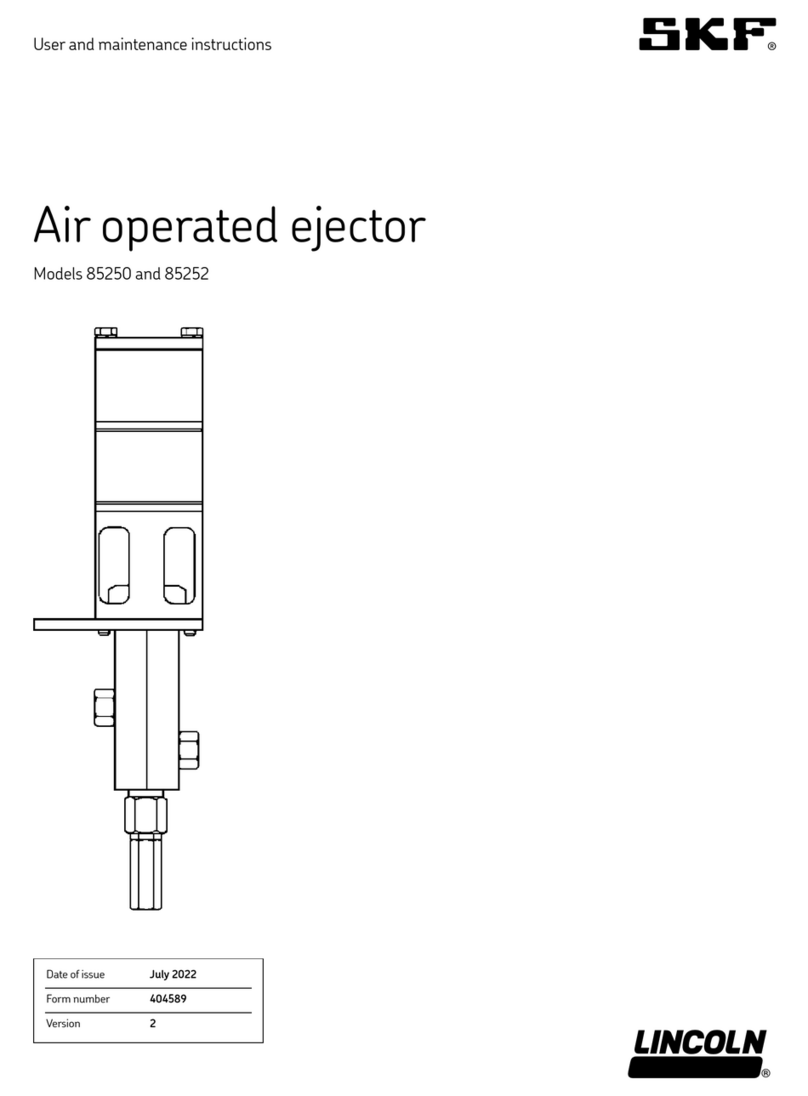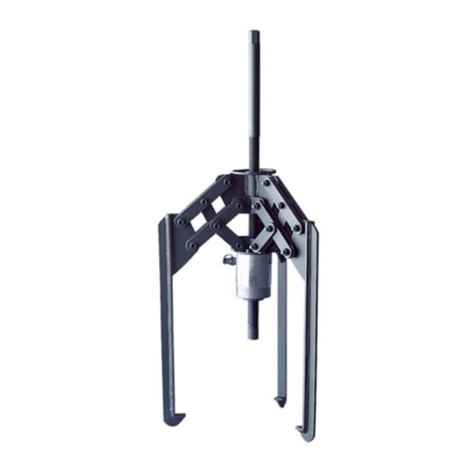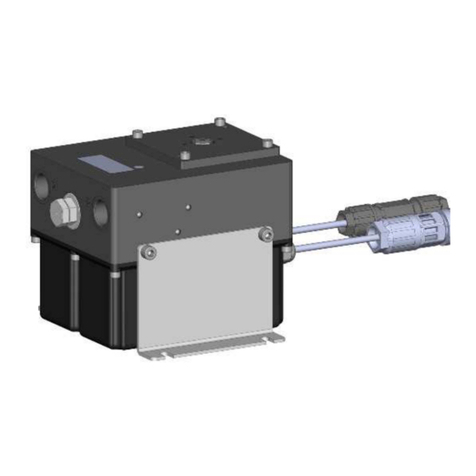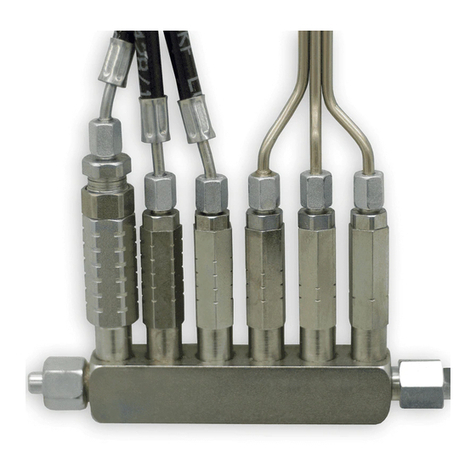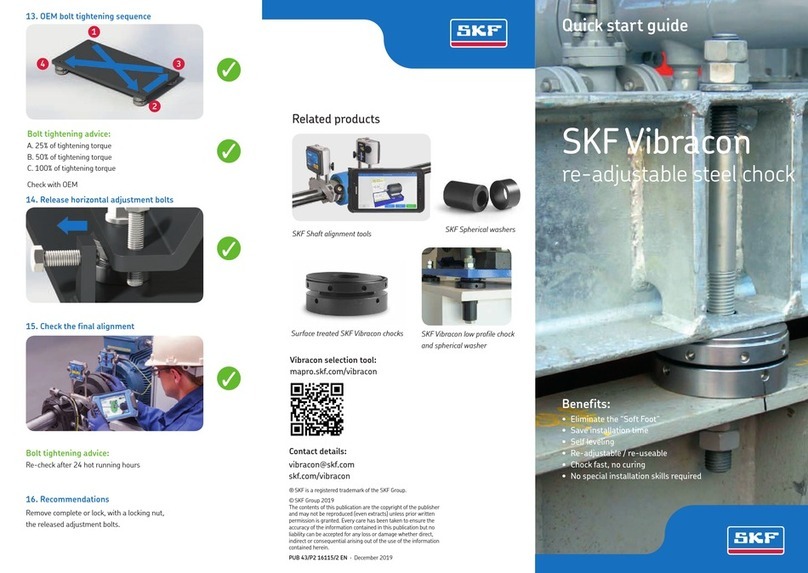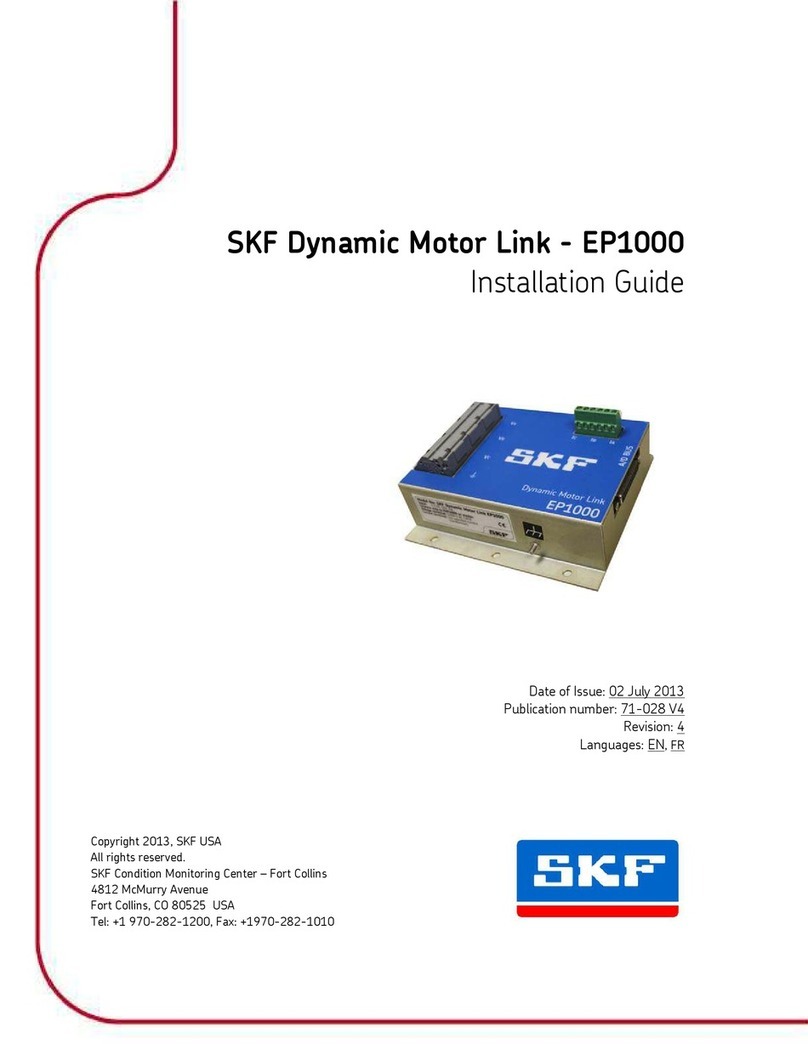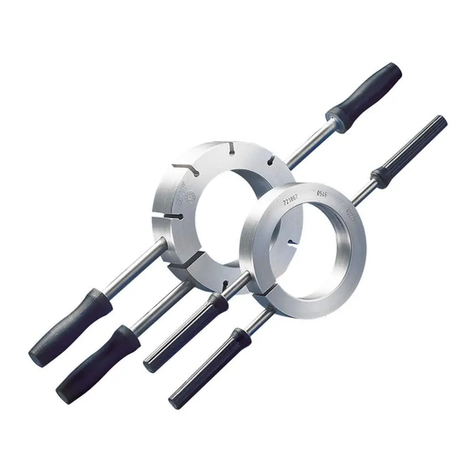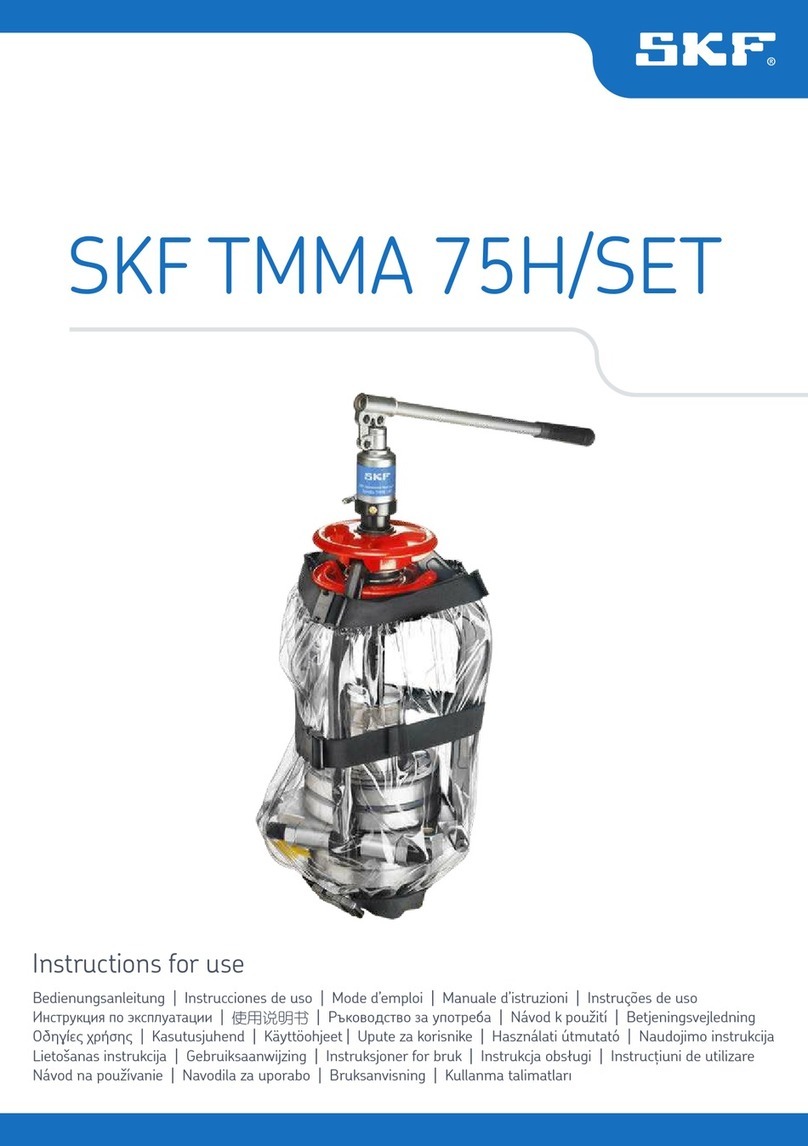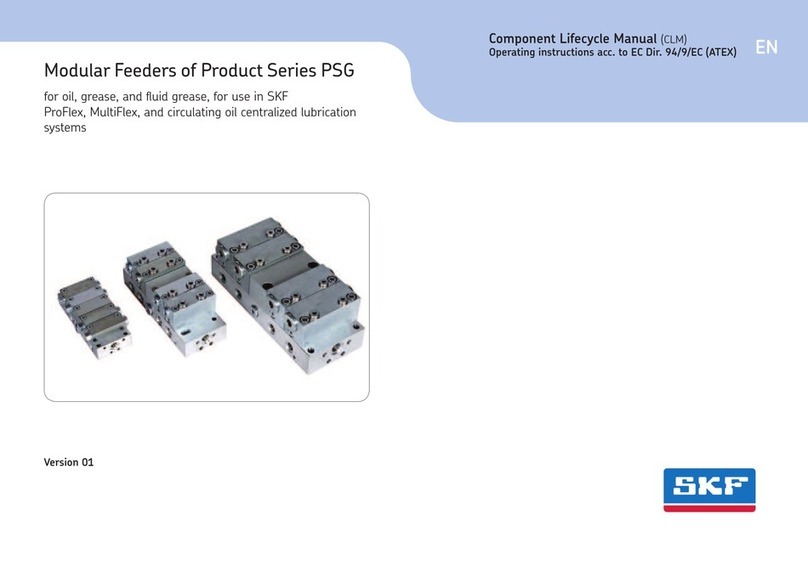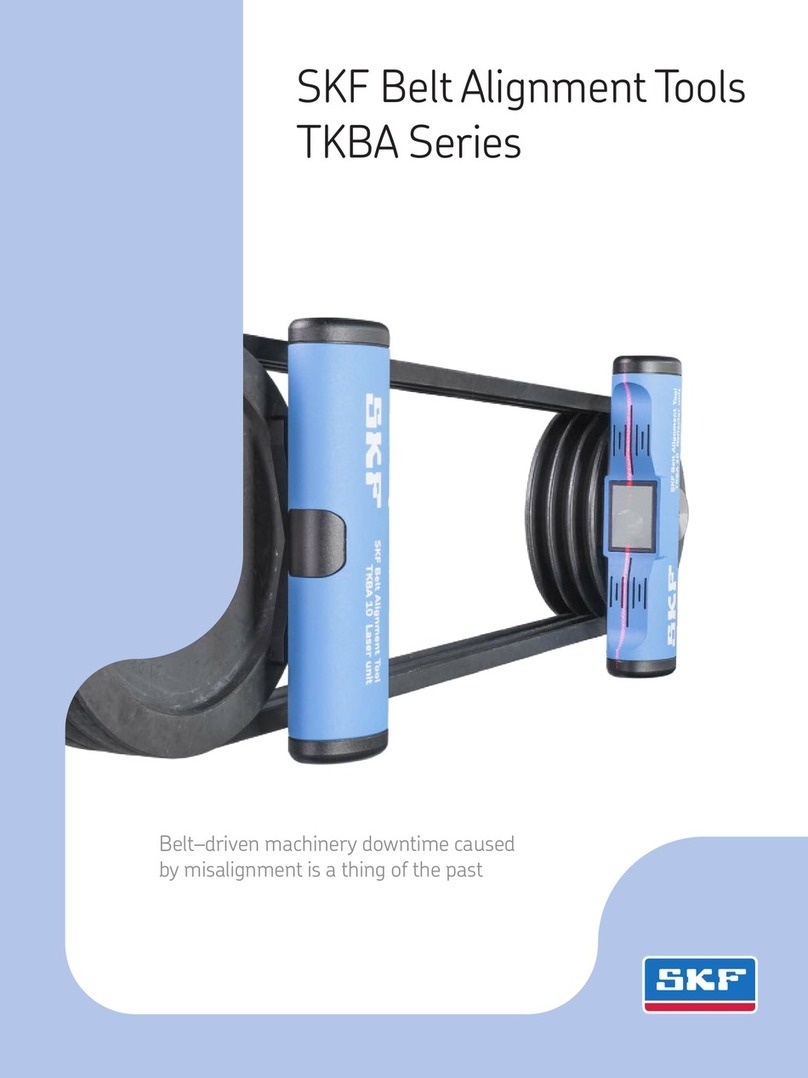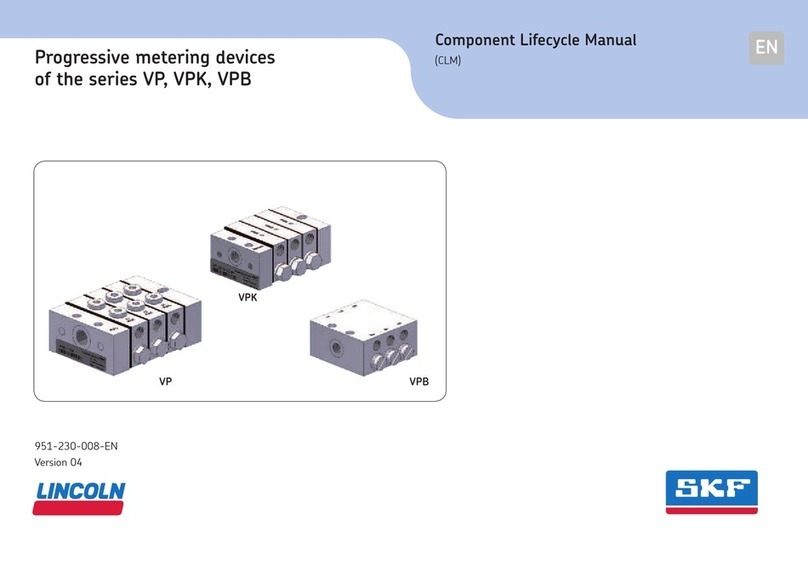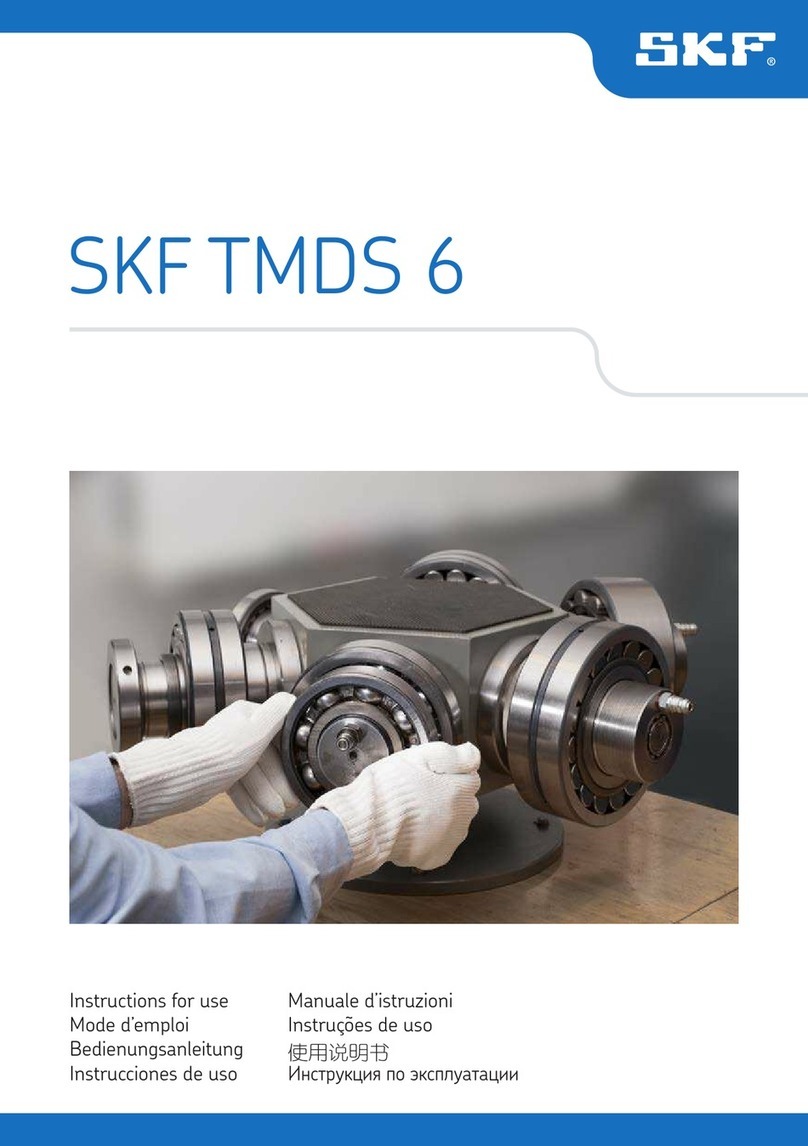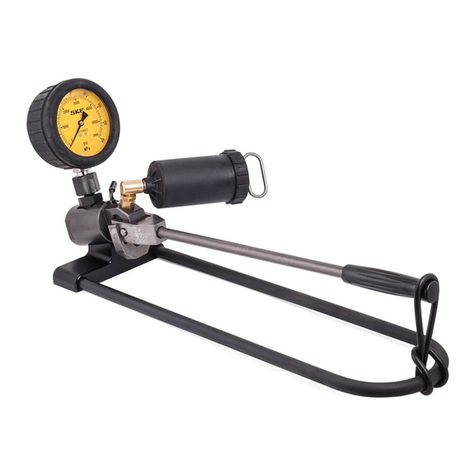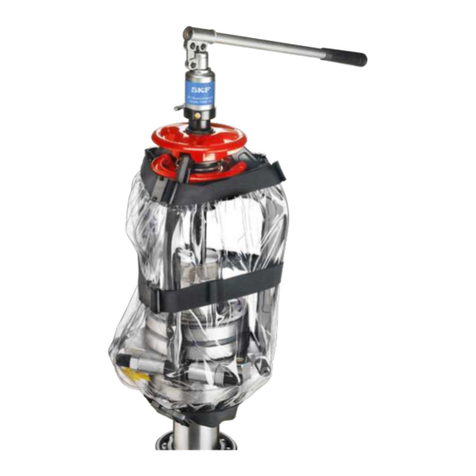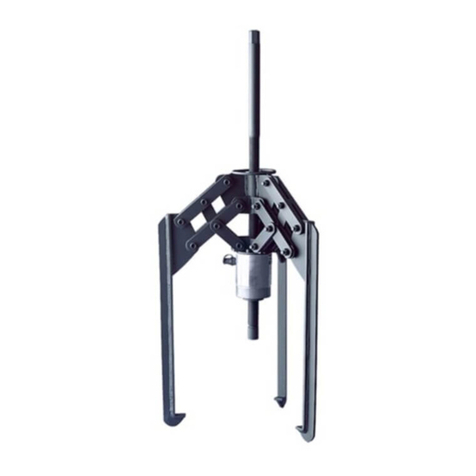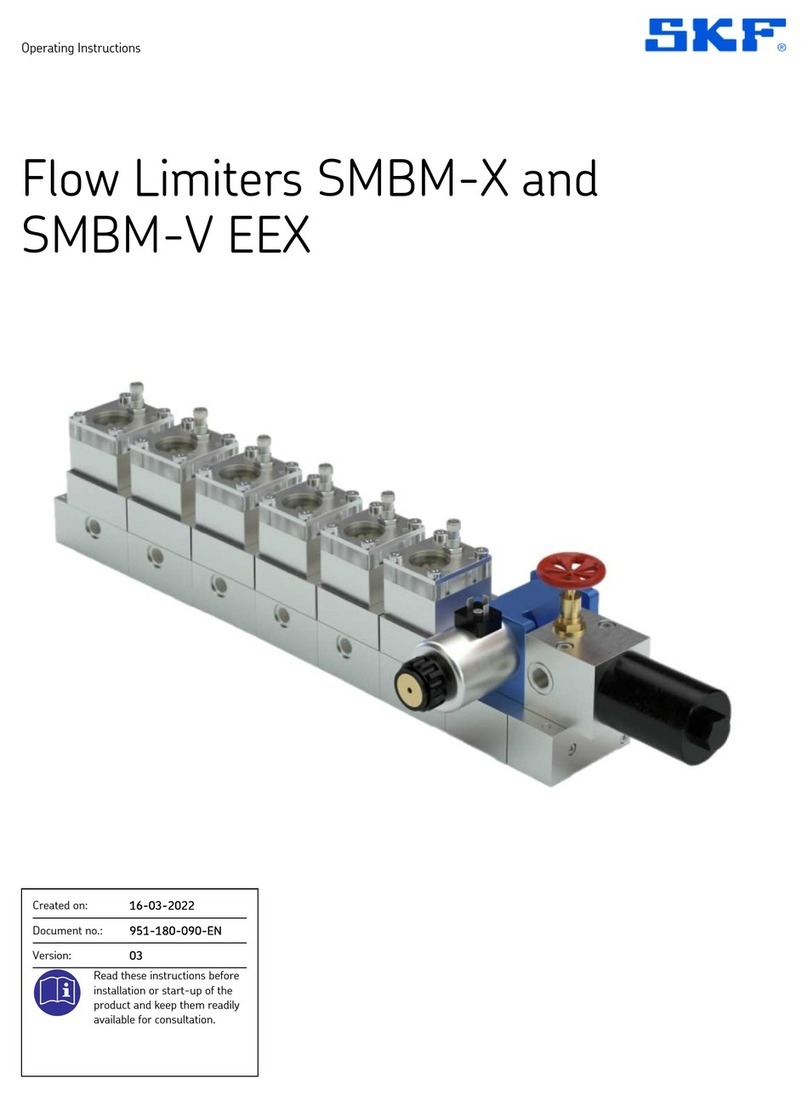
- 5 -
951-230-018-EN
Version 01
EN
Table of contents
Table of contents
Explosion protection marking in accordance with Directive 2014/34/EU ...2
Classification as simple electrical equipment ..............................................3
Masthead .....................................................................................................4
Explanation of symbols and signs ...............................................................7
1. Safety instructions .........................................................................9
1.1 General safety instructions....................................................................9
1.2 General behavior when handling the product .....................................9
1.3 Intended use..........................................................................................10
1.4 Foreseeable misuse..............................................................................10
1.5 Painting plastic components ...............................................................11
1.6 Modifications to the product................................................................11
1.7 Prohibition of certain activities............................................................11
1.8 Inspections prior to delivery ................................................................11
1.9 Referenced documents ........................................................................12
1.10 Markings on the product......................................................................12
1.11 Notes on the type plate ........................................................................12
1.12 Note on CE marking..............................................................................13
1.13 Persons authorized to use the product ..............................................13
1.13.1 Operator...........................................................................................13
1.13.2 Qualified mechanic .........................................................................14
1.13.3 Qualified electrician ........................................................................14
1.13.4 Specialist in maintenance and servicing in potentially
explosive atmospheres ..................................................................14
1.14 Explosion protection marking in accordance with
Directive 2014/34/EU..........................................................................13
1.15 Instruction of outside fitters ................................................................14
1.16 Provision of personal protective gear.................................................14
1.17 Operation ...............................................................................................14
1.18 Emergency shutdown ..........................................................................15
1.19 Transport, assembly, maintenance, malfunction,
repair, shutdown, disposal ...................................................................15
1.20 First start-up, daily start-up ...............................................................16
1.21 Cleaning .................................................................................................17
1.22 Special safety instructions regarding explosion protection .............17
1.23 Nullification of ATEX approval..............................................................19
1.24 Operation in potentially explosive atmospheres ...............................19
1.25 Obligations of the operator..................................................................20
1.25.1 Identification of hazards.................................................................20
1.25.2 Explosion protection measures.....................................................20
1.26 Residual risks ........................................................................................21
1.27 Residual ATEX risks...............................................................................22
2. Lubricants ................................................................................... 24
2.1 General information .............................................................................24
2.2 Selection of lubricants..........................................................................24
2.3 Material compatibility...........................................................................25
2.4 Aging of lubricants................................................................................25
3. Overview, functional description ................................................ 26
3.1 ATEX Flow limiter SP/SMB3 ................................................................26
3.1.1 Type designation.............................................................................27
3.2 ATEX Flow limiter SP/SMB6 ................................................................28
3.2.1 Type designation.............................................................................29
3.3 Functional description of a flow limiter ..............................................30
4. Technical data ............................................................................. 31
4.1 General technical data SP/SMB3 and SP/SMB6...............................31
4.2 Flow limiter SP/SMB3 ..........................................................................32
4.3 Flow limiter SP/SMB6 ..........................................................................32
4.4 Plug-in nozzle table SP/SMB3............................................................33
4.5 Plug-in nozzle table SP/SMB6............................................................34
4.6 Signal transmitter.................................................................................35
